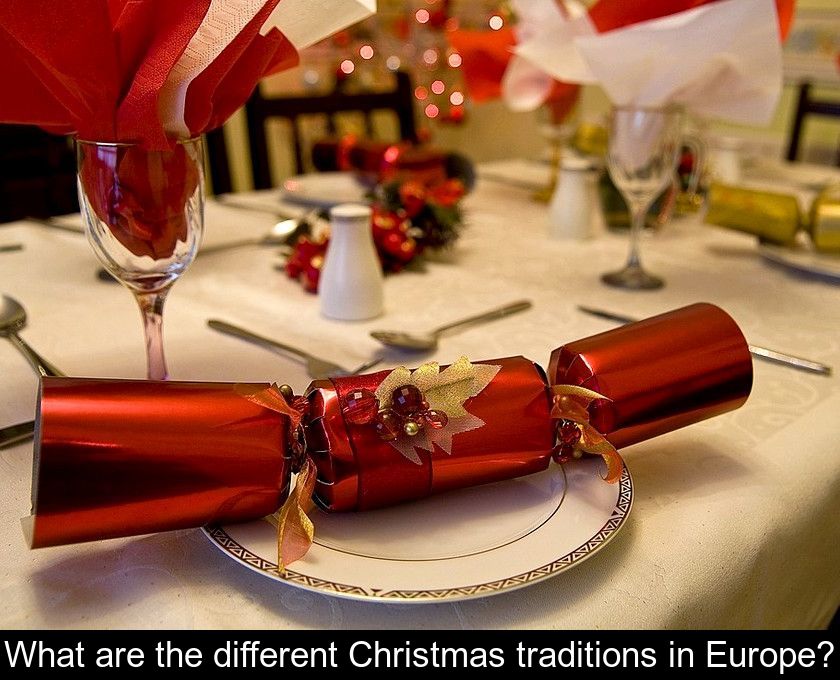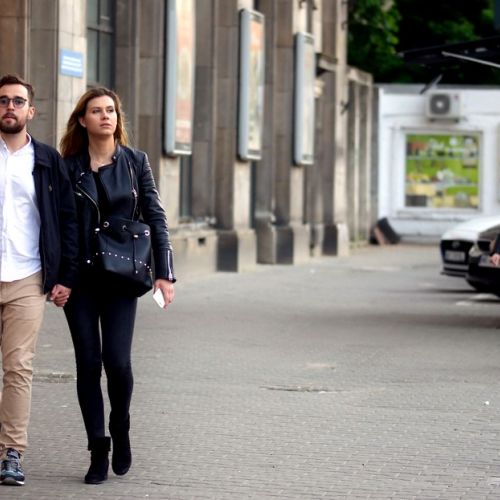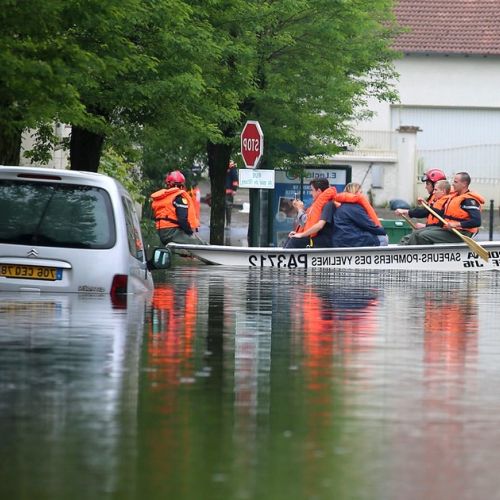What Are The Different Christmas Traditions In Europe?
Although Christmas is celebrated almost all over the world, each country has its own way of celebrating this holiday, with its own customs and traditions. We offer you a small overview of the different Christmas traditions in Europe.
Christmas in England
From the beginning of December, the English send cards to their friends and family. The cards received are hung on the wall until Epiphany Day on January 6.
On Christmas Eve, children will sing Christmas Carols in the streets and receive small gifts or sweets.
They hang large Socks at the foot of their beds and leave cakes and a glass of port for Santa.
The Christmas meal traditionally includes a Chestnut Turkey and pudding.
Another must-have for any Christmas Eve: Crackers (large, explosive papillotes that are placed next to each plate).
Boxing Day is boxing day, a holiday where no one works. December 26 is so called in England because shopkeepers receive a Christmas Box with money to thank them for the work they have done all year.
Christmas in Ireland
In Ireland, the Christmas holidays begin on December 13. This period is called 'little Christmas'.
Before leaving for midnight mass we leave a glass of whiskey for Father Christmas and carrots for the reindeer.
On Christmas Day, the Irish put a candle on the windowsill. The braver ones jump into the icy waters of the coast for an invigorating Christmas bath, usually in support of charity.
December 26 is still a holiday called 'Stephen's day'. In Ireland, the festivities extend to January 6. This day is called 'Women's Christmas' because women are invited to enjoy their day, while men stay at home to take care of the household chores...
Christmas in Germany
Germans start preparing for Christmas at the beginning of December. Every Sunday of the month, they light an extra candle on the Advent Wreath (which has 4 candles in all).
The tree is decorated on December 24 by the children. The traditional Christmas dish is a roasted goose with Cabbage red and apples.
On Three Kings' Day, children dress up as Wise Men. In some parts of Germany, this day is a holiday and the Sternsinger bless the houses. These are children in disguise who go from house to house and sing.
Christmas in Italy
In Italy, Christmas traditions vary from region to region. In some regions, it is Santa Claus, 'Babo Natale' or the Little Jesus, 'Gesu Bambino' who brings the gifts on December 25.
Elsewhere, gifts are received for Saint Lucy, December 13. In Italy, they also celebrate la Befana, a kind witch who distributes toys to children on the night before Three Kings Day on January 6.
The most traditional Italian Christmas cake is Panettone embellished with grapes and orange peel. Pandoro or 'golden bread' is also a popular holiday treat. This Christmas tree shaped cake is sprinkled with powdered sugar.
Christmas in Spain
In Spain, good children receive gifts on December 25 and January 6. These are the Kings of the Magi (Les Reyes Magos) who place presents in their shoes.
On the evening of January 5, before going to bed, Spanish children leave a pair of shoes next to the window to receive gifts, a bucket of water for the camels and food for the Three Wise Men.
The big cities also organize the procession of the Three Kings: these three characters parade through the streets on richly decorated floats and offer sweets.
The tradition is to offer Christmas baskets filled with sweets such as turròn (honey and almond nougat), fruit, wine and liquor.
December 28 is called 'El día de los Inocentes' (the day of the innocent). This day dedicated to jokes, surprises and gags in the press is the equivalent of our April 1st!
Christmas in Portugal
In Portugal, Christmas dinner consists of 'Bacalhau cozido,' cod cooked with potatoes and Cabbage and drizzled with olive oil. This dish is followed by many festive desserts, including sonhos and filhozes (fried doughnuts) and Bolo Rei (dried fruit cakes).
On the evening of December 24, at midnight, most families go to mass, which is called A Missa do Galo, 'the mass of the rooster'.
Christmas in Denmark
In Denmark, Christmas dinner starts around 6 p.m. and ends not with a yule log or cake but with rice pudding the traditional Christmas dessert.
The Christmas Bun is decorated with small Danish flags, candles and small red and white hearts.
On the evening of December 24, the father of the family lights the candles and then the whole family gathers around the tree to sing Christmas carols.
Christmas in Poland
On Christmas Eve, Poles wait for the appearance of the first star in the sky to start the meal and the party.
At the Christmas table, they slip straw under the tablecloth as a reminder that Jesus was born in a stable, and they always leave a seat open in case a guest arrives.











